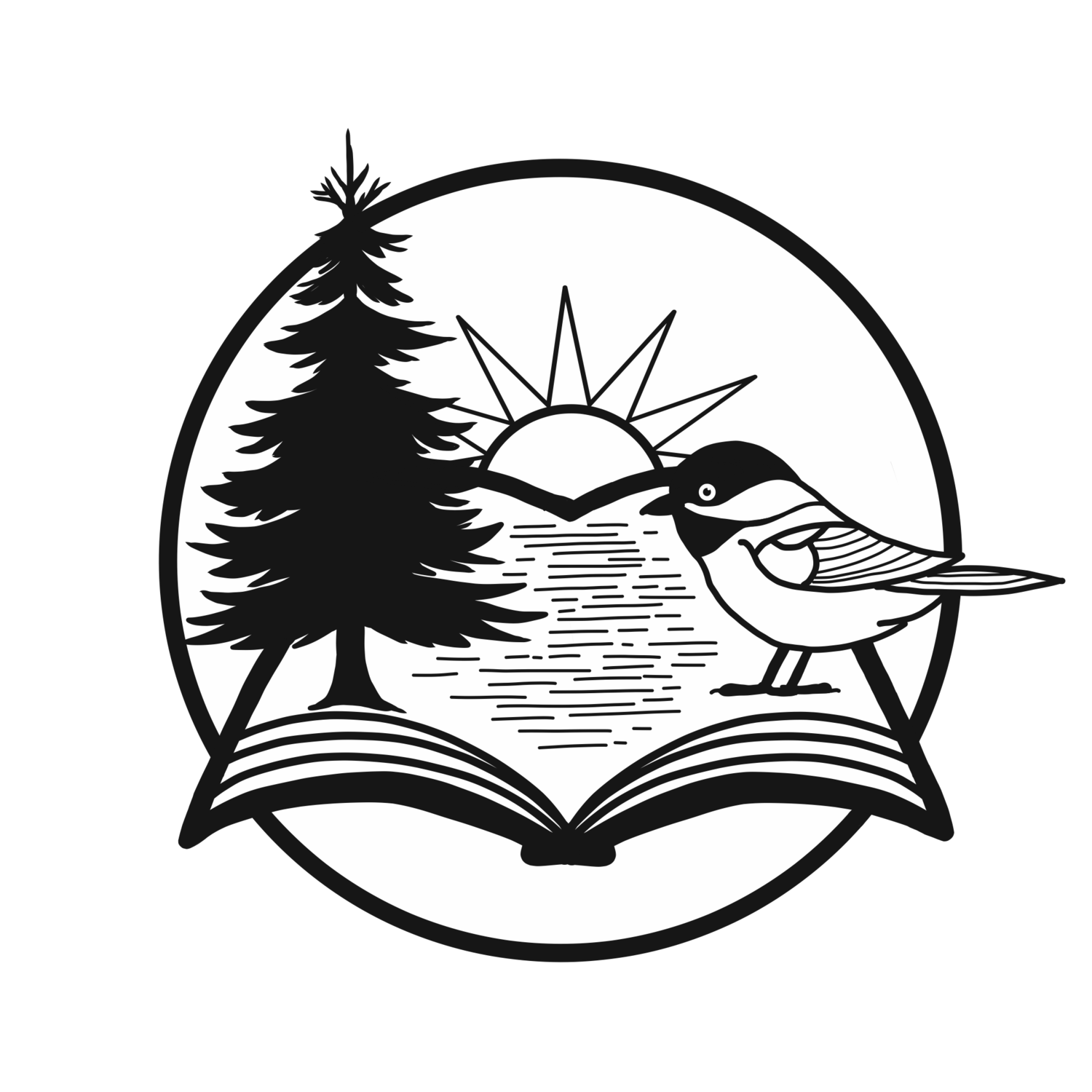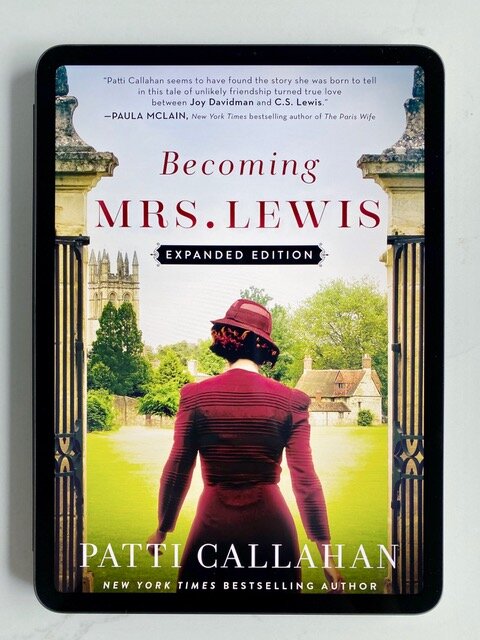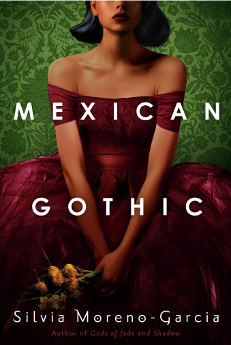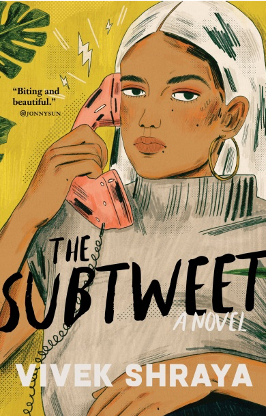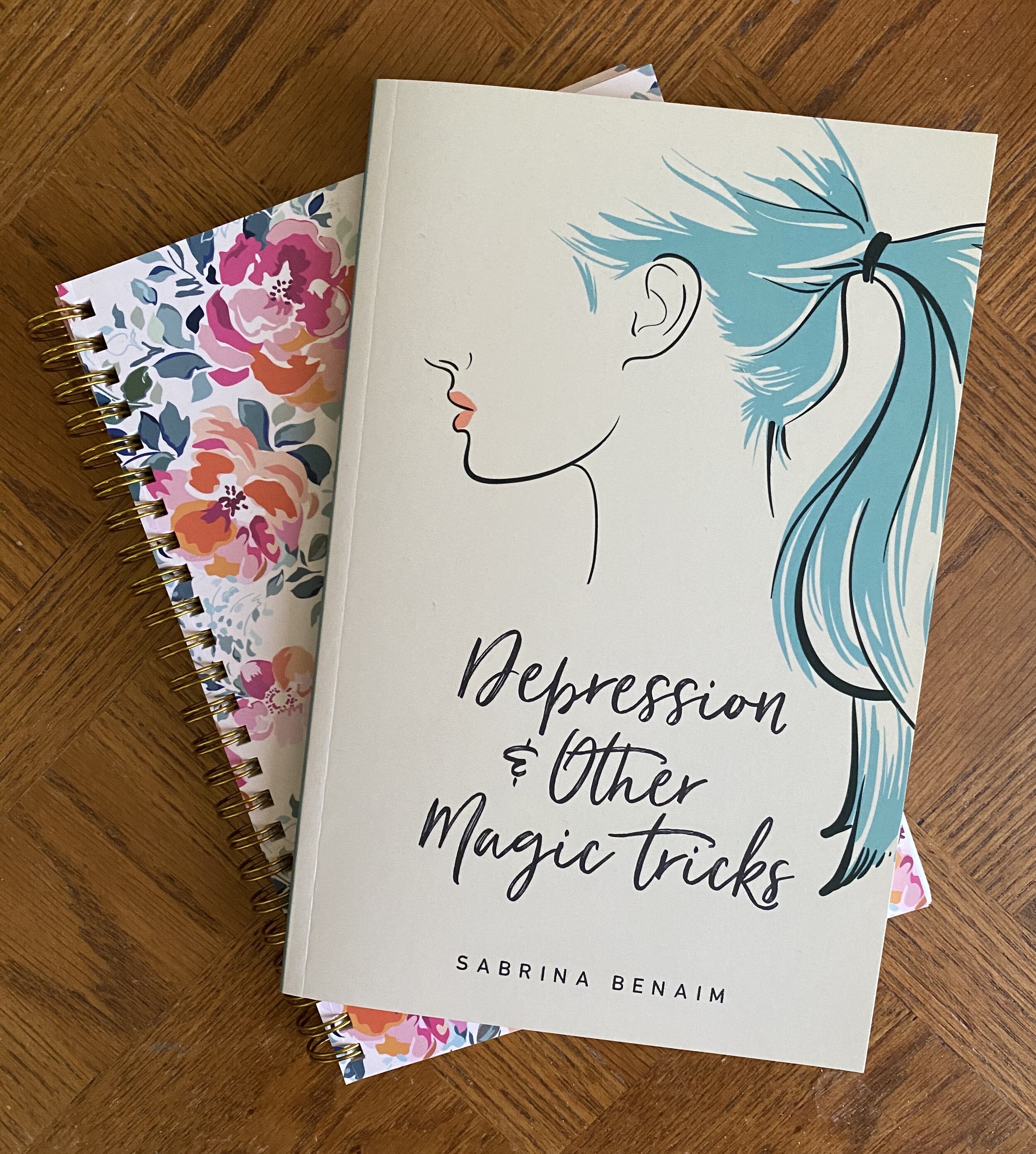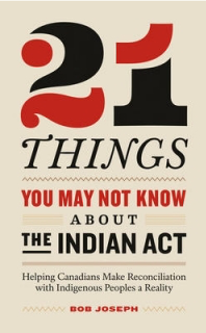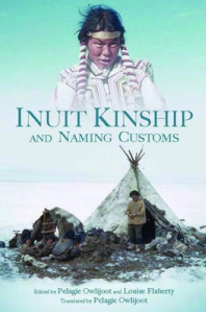By Kaylie Seed
Young Adult (YA) books appeal to so many different people for so many different reasons. YA fiction is a genre that has blown up over the past few years and 2020 has shown readers that it is definitely the year to pick up some new YA novels. So if you’re new to the genre and don’t know where to start or a seasoned YA reader who is looking for something new to read, check out these 2020 YA releases that you should be adding to your TBR list.
A Song Below Water by Bethany C. Morrow
Bethany C. Morrow’s YA fantasy novel A Song Below Water follows Tavia as she tries to hide the fact that she is a siren by using American Sign Language while living in Portland, Oregon. Tavia and her best friend Effie experience the drama of high school and family secrets while also trying to navigate what it means to be a Black woman and how to be empowered by that when being who you are is frowned upon. With the Black Lives Matter movement bringing change to our society, A Song Below Water was released into the world at the perfect time and parallels this pivotal moment in history.
Golden Arm by Carl Deuker
Carl Deuker’s YA sports novel Golden Arm follows Laz, a teenage boy, living in poverty with his mom and brother. He also struggles with a speech impediment and a learning disability. Laz dreams of playing in baseball’s big leagues. When finding out that he has the opportunity to play for a high school that can set him on track to accomplishing his goal, Laz struggles with saying yes and leaving behind his younger brother Antonio who is starting to hang out with the wrong crowd. Golden Arm discusses themes such a socioeconomic inequality, drug use, and how family can impact the choices you make in life.
A Song of Wraiths and Ruin by Roseanne A. Brown
Roseanne A. Brown’s first book in a YA fantasy duology A Song of Wraiths and Ruin uses West African folklore to guide the plot of the story. Malik must kill the Crown Princess of Ziran, named Karina, to save his sister Nadia. At the same time, Karina wants to resurrect her mother Sultana. To do this, she must marry the man who wins the Solstasia competition and then take his beating heart and use magic to bring her mother back. Malik manages to get into the contest to get close to Karina and while the two are unaware of each other’s intentions a spark ignites between them creating a new twist on star-crossed lovers.
Girl, Serpent, Thorn by Melissa Bashardoust
Melissa Bashardoust’s YA fantasy novel Girl, Serpent, Thorn follows Soraya who has lived her entire life away from the world in her own secret garden because she is poisonous to the touch thanks to a curse. Soraya must decide if she should emerge from her garden to attend the wedding of her twin brother and decide whether she wants to seek out how to obtain her freedom from a demon locked away. Soraya also has to deal with a young man whose eyes seem to follow her and looks past the fact that she is poisonous. Soraya questions who she really is and if this curse is more than meets the eye.
The Gravity of Us by Phil Stamper
Phil Stamper’s YA LGBTQIA+ novel The Gravity of Us follows 17 year old social media sensation Cal as he and his family relocate to Houston so that his father can go to Mars with NASA. Cal’s family is pushed into the media spotlight and, at the same time, Cal finds himself falling hard for Leon and vice versa. As Cal and Leon find themselves in the beginning of a love story, Cal must find a way to reveal the true intentions behind the mission to Mars while trying not to hurt those closest to him.
